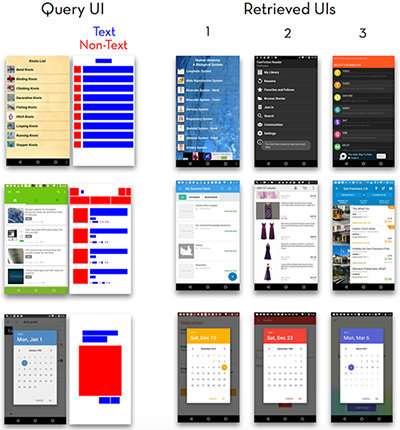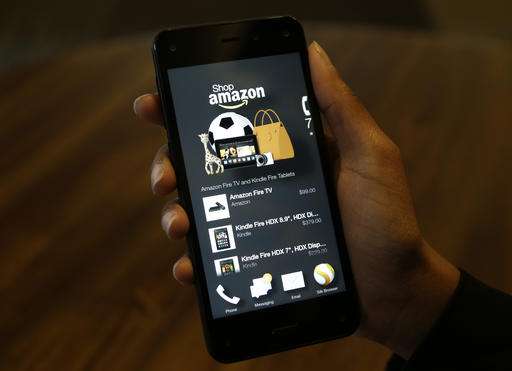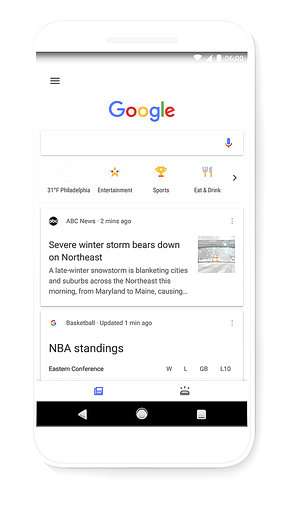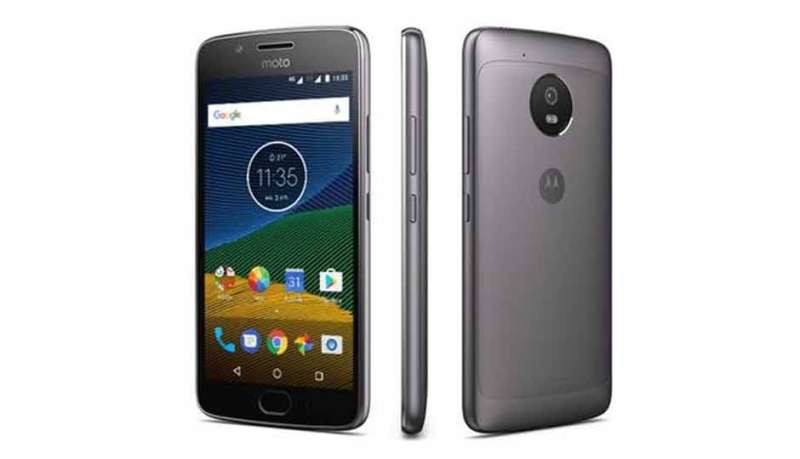
Scroll by way of your smartphone display and you will little question see a small sea of apps for every thing from watching sports activities to monitoring the actions of the inventory market.
The variety of apps has exploded lately together with the proliferation of smartphones, tablets, and the methods they can be utilized.
However designing these apps for max utility is usually a hit and miss course of, based on Illinois Pc Science Professor Ranjitha Kumar. There are solely restricted guides to what works and what does not.
Kumar want to change that, and he or she believes it’s potential with the current launch of Rico, an enormous database of cellular app designs collected by her and a gaggle of different researchers.
Their paper on Rico might be offered on the ACM Symposium on Consumer Interface Software program and Expertise (UIST), which begins Oct. 22 in Quebec Metropolis, Canada.
“Current follow includes inspecting a bunch of design examples by hand. What you will normally do when you could have a brand new challenge is you will go have a look at different apps which might be doing related issues, and you’ll truly print them out and attempt to visualize, ‘These are the screens a person would undergo to carry out this process on this app,'” she stated.
However that handbook strategy is sluggish and costly, so designers are prone to look solely at what they know. A developer of, say, a diabetes app may attempt to restrict her time and expense by trying first—and maybe solely—at different related medical apps.
However different apps that appear to have little or no relation may provide design components that might assist them be extra participating, Kumar says. The diabetes app may profit from a display the place customers log the meals they eat, one thing that could be constructed right into a food-blogging app the designer may by no means have a look at.
By mining designs at scale, semantic relationships may be discovered between seemingly unrelated apps and discovered from, Kumar says.
Rico is the most important such database anyplace, with 72,219 person interfaces (or UIs) from 9,772 Android apps throughout 27 Google Play classes, she says. It comprises visible, textual, structural, and interactive design properties of every of these UIs, and may be searched by all three.
However giving designers an enormous database to look is not the one objective.
“The opposite half that is actually thrilling is, after getting all of this information you can begin to construct machine-learning fashions that may transcend easy search interactions,” Kumar stated.
A designer, as an illustration, may start their course of with a tough concept of what they need on a given display, and belief Rico to produce the main points. In the event that they’re engaged on a log-in display, Rico may finally have the ability to fill within the fundamentals of what a superb log-in display ought to have, saving money and time.
Kumar labored with seven different researchers on Rico, together with ECE ILLINOIS PhD pupil Biplab Deka and CS @ ILLINOIS alumni Zifeng Huang and Chad Franzen, each of whom accomplished bachelor’s levels in Could.
They began gathering information late final 12 months, first downloading 9,700-plus apps, then establishing a farm of about 10 Android telephones of their lab.
Then, utilizing the crowdsourcing website Upwork, they employed 13 employees scattered throughout the US and past to spend 5 months utilizing the apps by way of an internet browser linked to the cellphone farm.
As the group employees carried out duties on the apps, their interactions had been traced and recorded. Then, these handbook interplay traces had been adopted by an automatic exploration to uncover much less widespread screens.
Now Kumar desires designers and researchers to place Rico to make use of “to construct all kinds of issues,” she says.
In the end, she hopes she will be able to make good design easy sufficient that it makes financial sense to designers.
In a second paper at UIST, Kumar and her group will current a testing platform for correlating app design with efficiency with out requiring entry to the app’s code. The platform permits designers and researchers to specify duties for crowd employees to carry out, and computes mixture efficiency metrics akin to completion charge and the typical time spent on a process.
“It is fashionable for companies to make grandiose claims about how vital design is to them,” she stated. “However finally corporations solely put money into good design once they can tie it to again to measurable enterprise targets. The toughest a part of design is quantifying the payoff up entrance.”
Quotation:
Can good design be cost-effective: Crew builds huge database of mobile-app designs (2017, October 25)
retrieved 1 March 2023
from https://phys.org/information/2017-10-good-cost-effective-team-massive-database.html
This doc is topic to copyright. Other than any truthful dealing for the aim of personal research or analysis, no
half could also be reproduced with out the written permission. The content material is offered for data functions solely.
Supply By https://phys.org/information/2017-10-good-cost-effective-team-massive-database.html





